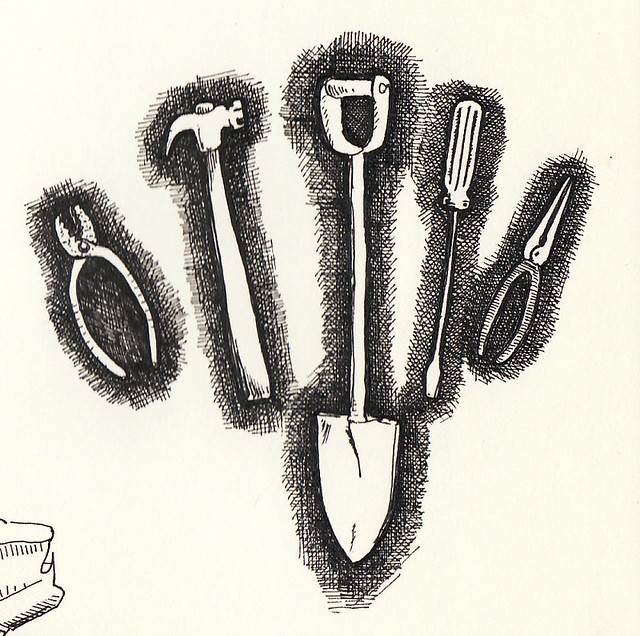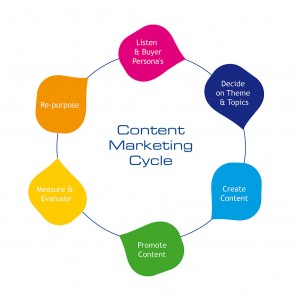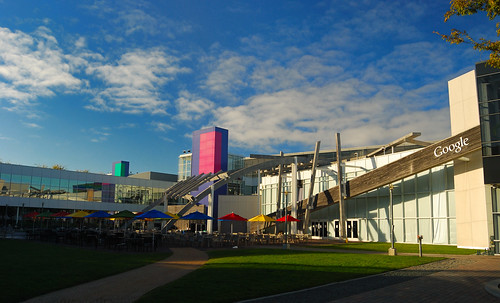 8 Good Reasons to Concentrate on Content, not on Links
8 Good Reasons to Concentrate on Content, not on Links
So you have your business website set up to draw visitors from all over Orange County. It’s ready to entice them and convert them or at the very least to get an email address off of them. Now you have some place to continue adding content, like a blog or a customer service portal with easy navigation so that all of your visitors can find what they need and remain thankful to you for providing it.
Now the question is, do you concentrate more on building more content? Or do you work on linking more, other, highly ranked sites back to your existing content? That debate continues.
For lots of us big mouth experts, the answer is easy.
For the Orange County small business owner, it’s still, often, not so clear. Let’s look at it this way.
1) Content is the Far More Affordable Option
Most of the link builders you’ll meet are going to give you valueless or even damaging links. That’s the nature of the game. Links that are easy to get are useless and the people who can really build valuable links will really make you pay for them. The results still won’t be as good as what you can do with quality organic content and organic back linking.
Hiring and working with a decent copywriter is not expensive and has all kinds of benefits beyond simply building links and an interesting website. Find and work with a writer
– or even two or three. You may need to work closely with them at first, but a good copywriter will learn your business and your customer base.
2) Value
It’s far easier to measure the value of pages on your site than the value of links to your overall ranking. Unless a particular link is feeding you visible traffic, you won’t know the value of a link to your overall ranking. But pages of written copy are easy to evaluate in terms of “likes”, “shares” and traffic. Exact search terms might be a little more difficult to determine, but there is almost no limit to the number of search terms you can benefit from. Anyone who offers to “optimize” your site with fewer than a hundred search phrases is selling you short. Adding content means you’re always adding search terms.
3) Writing is Thinking.
That’s why a lot of people hate it, right? Working closely with a copywriter, or better, handing them a draft allows you to not just re-focus your service, your site and your business. You also get it far better spelled out so that you can see the cracks, the gaps – and the opportunities. Good copywriters know this. Writing is about ten times more intensive than reading. If your business is not writing, you’re very likely operating on just a vague understanding of your business model. Re-writing your business plan every couple of years is just good business, and the more you have written, the better prepared you’ll be for the next draft.
4) Links don’t do P.R.
Content does. Content generates links, and you can, perhaps, estimate the extent of your public outreach just by counting up those links, but that’s not PR. Public relations is inserting your business into the public conversation. It can be a little more complex than that, but why shouldn’t you be there when the cameras are clicking and the pages are getting scanned? Submission based links are all but wiped out as a valuable ranking factor. Guest blogging goes on, but it’s not valuable for the links, unless there is actual buzz.
5) Writers are everywhere.
You don’t have to get the very best writer, and especially not on the first try. On the contrary, you can always evaluate what they’ve done – and get another one if it didn’t work out. Doing that with an SEO team will cost about ten times more and take three times longer. Link builders? They were virtually wiped out by algorithm changes (Panda and especially Penguin ) and their links were too. But let’s look closer at those landscape altering algorithm changes.
6) Working against Google is just not viable.
Lots of business people would never do Black-Hat trades with their customers, suppliers or partners – yet they only think of Google in terms of gaming the system. Google has spelled out how it wants you to work with them. That work involves quality content that engages and educates your visitor – be they a customer or not. The plan calls for quality content, transparent business relations (and reviews) and natural, organic linking schemes. Not back linking plans.
7) Branding without a Plan is like Talking without a Voice.
Branding just baffles lots of business people, and were it not for Google and the Internet, business people would probably spend (lose) as much to Branding experts as they do to SEO consultants. The shame is, Branding will get you better returns and the more you do it the better you get at it. But you can’t do it without a plan. As mentioned above (#3), planning means writing, and thinking and reading and clarifying. Essentially, you’re writing up a “person” not a just logo and that person needs to be as complete as the people you know. Think about that.
Better yet, think about this. Fyodor Dostoevsky could write up a character in two pages. At the end of those two pages, you’ll feel that you know that person better than the actual people in your life. That’s the task of branding. There’s no better way to develop the elusive brand than to write it up, continually, over a period of time, and let it interact with your customers. It’s not only totally do-able, it’s what’s expected of you.
8) Thinking “They Already Get It” is a Recipe for Disaster
It’s a bit macho too. And that’s probably where most of the resistance to content comes from. Business people are no-nonsense, and telling stories and customer-service is too often presented as a ladies’ game. The truth is, people buy from people, not from companies. If people bought from companies, companies would all be vending machines. On the contrary, telling your complete story, in bite sized pieces, is smarter, and allows you to re-convince even existing customers to come back for more. Existing customers are your most cost effective source for new customers.
There’s not much more reason for resisting now is there, macho man? Work with your content. Work with a bright, energetic writer and you’ll wonder why you ever wasted so much money on SEO. A year from now, you’ll be re-inventing your business. Good luck!
 Seven Easy Tweaks You Can Make Today.
Seven Easy Tweaks You Can Make Today.


 This year’s holiday is going to be one for the books.
This year’s holiday is going to be one for the books. There are 34 cities and another 19 unincorporated communities across Orange County. Every one of them is loaded with restaurants, eateries, bars, lounges and cafeterias. There are cafes, bistros and lunch counters and all of them miss out on at least some of the people looking on-line for where and when to eat.
There are 34 cities and another 19 unincorporated communities across Orange County. Every one of them is loaded with restaurants, eateries, bars, lounges and cafeterias. There are cafes, bistros and lunch counters and all of them miss out on at least some of the people looking on-line for where and when to eat.





 Google was looking for input on the types of books that should be in the slider. If enough people feel that a certain book should not be in the slider, Google likely removes it.
Google was looking for input on the types of books that should be in the slider. If enough people feel that a certain book should not be in the slider, Google likely removes it.
